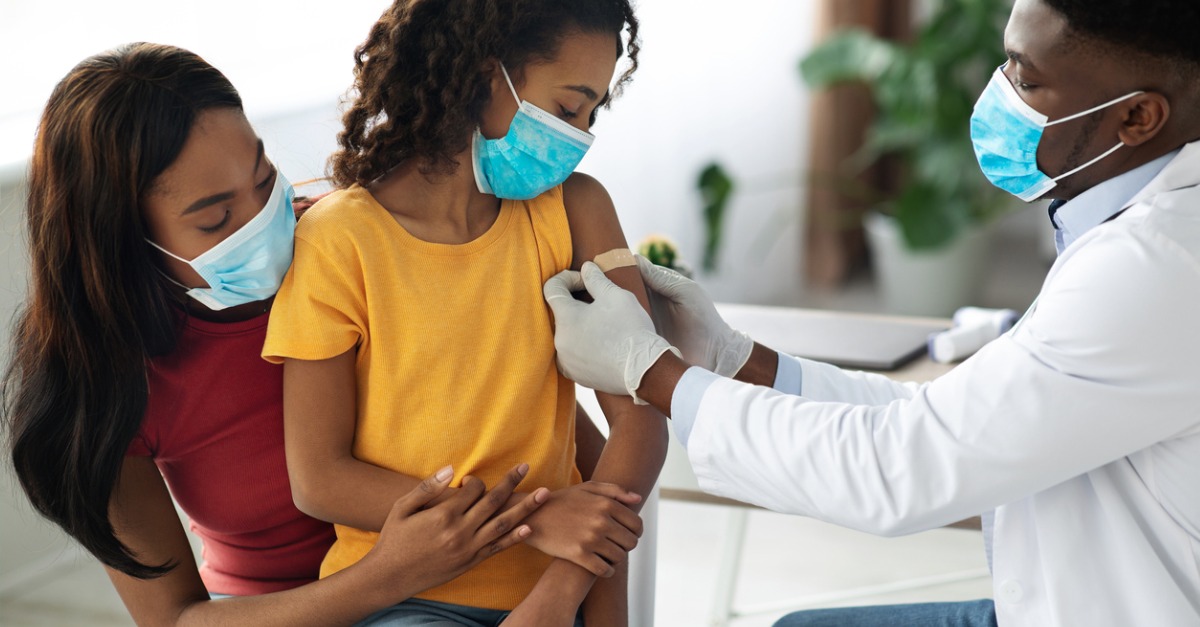Those who haven’t received the HPV vaccine are particularly susceptible, but there are other risk factors to consider.
Studies have found a link between cigarette smoking and the development of HPV-16, a strain associated with cancer.
“HPV vaccination targets strain 16,” notes Forcier.
Engaging in barrier-free oral sex also heightens the risk of oral HPV transmission.
“Using a barrier like a condom or dental dam can reduce this risk,” advises family nurse practitioner Adrienne Ton, APRN-CNP, from TBD Health.
“Men are more prone to oral HPV infection than women,” adds Cristin Hackel, a nurse practitioner at Nurx.
According to CDC data, about 10% of men and 3.6% of women develop oral HPV in their lifetime.
Recent research suggests that cisgender men and individuals assigned male at birth have a higher likelihood of oral HPV infection than cisgender women and those assigned female at birth.
Additionally, individuals with compromised immune systems are more susceptible to HPV persistence.
“Maintaining good nutrition and overall health supports the body’s ability to naturally clear the virus,” explains Forcier.
What are early signs or symptoms of oral HPV?
Hackel notes that oral HPV infections often go unnoticed, with individuals showing no signs or symptoms.
Ton adds that most people clear the virus naturally within two years without any lasting effects.
However, when symptoms do arise, they typically manifest as wart-like growths in the mouth and throat.
These growths are primarily associated with various types of warts:
- Squamous papilloma: Characterized by white coloration and finger-like projections, often resembling cauliflower.
- Condyloma acuminatum: Similar to squamous papilloma warts but tend to appear in small clusters.
- Verruca vulgaris: Quick-growing warts usually smaller than 5 millimeters in diameter, may persist for a significant period.
- Focal epithelial hyperplasia: Dome-shaped warts ranging from 3 to 10 millimeters in size, with smooth surfaces.
It’s important to note that the strains causing these warts are different from those linked to oropharyngeal cancer.
According to Forcier, common symptoms of oropharyngeal cancer include difficulty swallowing, hoarseness, pain in the ear, nose, throat, or tongue, swollen lymph nodes, persistent coughing, coughing up blood, and changes in breathing patterns.
Forcier emphasizes the importance of seeking professional evaluation for any oral changes or concerns to rule out cancer, stating, “Remember, not all changes in the mouth are cancerous, but it’s crucial to consult your dentist or doctor if you have any concerns.”
How is oral HPV diagnosed?
Ton explains that routine screening for oral HPV is not standard practice. Typically, testing for oral HPV only occurs if abnormal lesions are present in the mouth or throat.
In the case of lesions, clinicians often advise a biopsy. This procedure entails extracting a small tissue sample for laboratory examination to detect any abnormal cells or the presence of the HPV virus.
What else can you do to reduce your risk of oral HPV?
If you haven’t received the HPV vaccine yet, it’s advisable to discuss your eligibility with a healthcare provider.
The HPV vaccine stands as the most effective method to lower your risk of infection if you encounter the virus, whether through oral sex, intimate kissing, or other means.
For initial inquiries about the HPV vaccine, you can visit the CDC’s HPV information page. However, for personalized guidance on eligibility, consulting with a primary care physician is recommended.
Additionally, using condoms and other barrier methods during oral sex and other sexual activities can help reduce your risk of contracting the virus.
Summing Up
The HPV vaccine stands as the most effective preventive step against HPV, encompassing oral HPV. Employing barriers during sexual activity, steering clear of tobacco products, and maintaining overall health can bolster protection as well.
Should you acquire oral HPV, your body may naturally clear the virus. Nonetheless, if you experience unusual symptoms like warts or lesions, seeking guidance from a healthcare provider is crucial.
Your clinician might suggest a biopsy to ascertain HPV presence or screen for cancerous cells. They can also provide recommendations for subsequent treatment.





